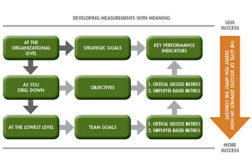Sheila R. Poling
Mark A. Nash is a lean specialist, certified NIST/MEP lean trainer and operations manager for Pelco Products Inc. (Edmond, OK). Sheila R. Poling is a managing partner of Pinnacle Partners Inc. (Oak Ridge, TN). For more information call (865) 482-1362 or visit www.pinnaclepartnersinc.com .
ARTICLES
Stay in the know with Quality’s comprehensive coverage of
the manufacturing and metrology industries.
eNewsletter | Website | eMagazine
JOIN TODAY!Copyright ©2025. All Rights Reserved BNP Media.
Design, CMS, Hosting & Web Development :: ePublishing

